
FOCUS AREA
Stormwater and Water Quality
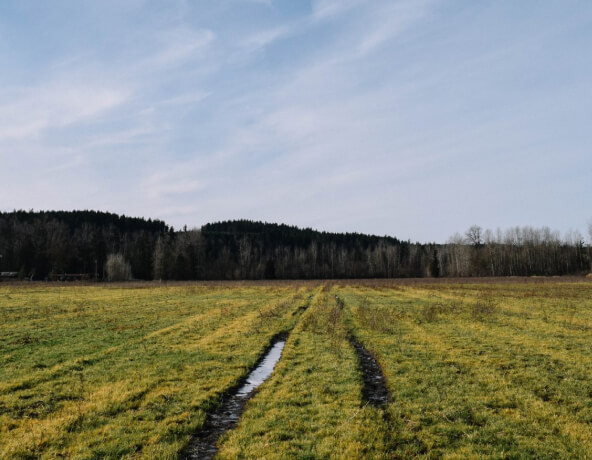
Overview
The flow of clean, cool, healthy water that connects the Cascade Mountains to Puget Sound is essential to the quality of life and prosperity of Pierce County residents, businesses, and fish and wildlife. The quality of water throughout the Watershed determines whether it can be safely used by humans, fish, and wildlife.
Key Pressures and Risks
The pollution resulting from urban centers has resulted in poor water quality conditions in many parts of the watershed. These poor water quality conditions are not meeting the needs of the humans, fish, and wildlife that live there.

Population Growth
As Pierce County’s population has grown, the impact of human activity on water quality conditions has increased from rainwater, wastewater/ industrial wastewater discharges, stormwater, road runoff, air deposition, and land use change.
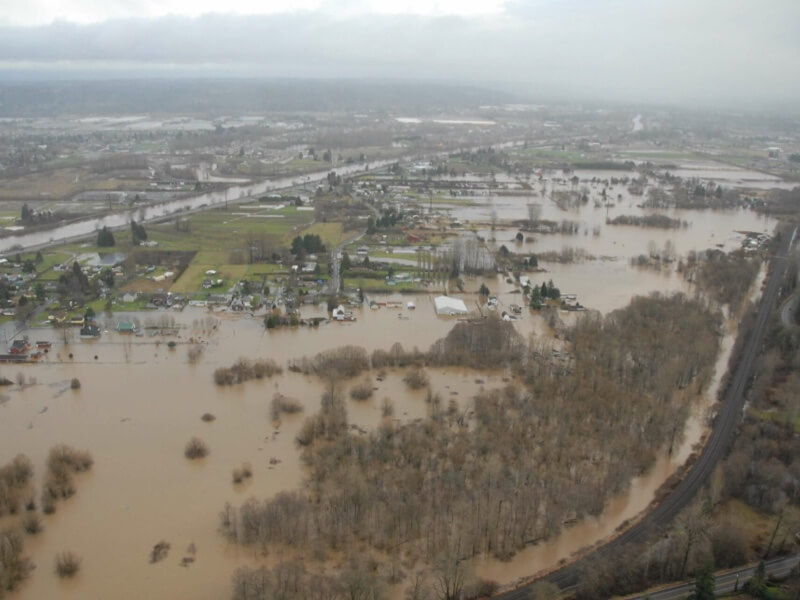
Stormwater
In the upper watershed, agricultural and forestry sources of stormwater are more prevalent, whereas in the lower watershed, urban sources dominate.
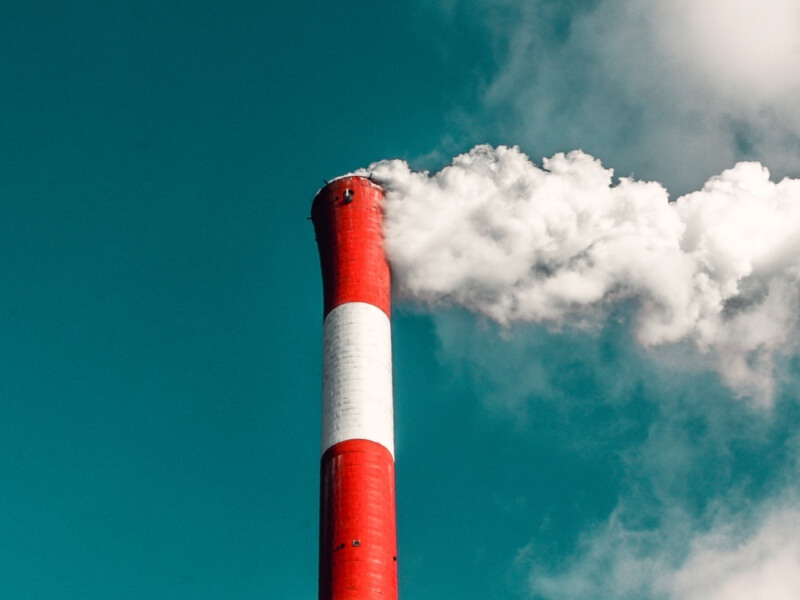
Pollutants
Within the Watershed, different areas of some waterways have been listed for failing to meet water quality standards for one or more of the following parameters: ammonia, biological oxygen demand (BOD), fecal coliform, pH, sediment, and temperature. The three most common listings for water are BOD, fecal coliform bacteria, and temperature.
Climate Change
Climate change will cause myriad effects in the water quality of Puget Sound. Projected effects include:
- Altered precipitation patterns and storm intensities
- Reduced oxygen in the water column
- Declining pH levels
- Increased nutrients
- Higher temperatures
Stormwater and Water Quality Goal
The overall goal for stormwater and water quality is to manage stormwater and prevent pollution in support of clean water for people and fish.
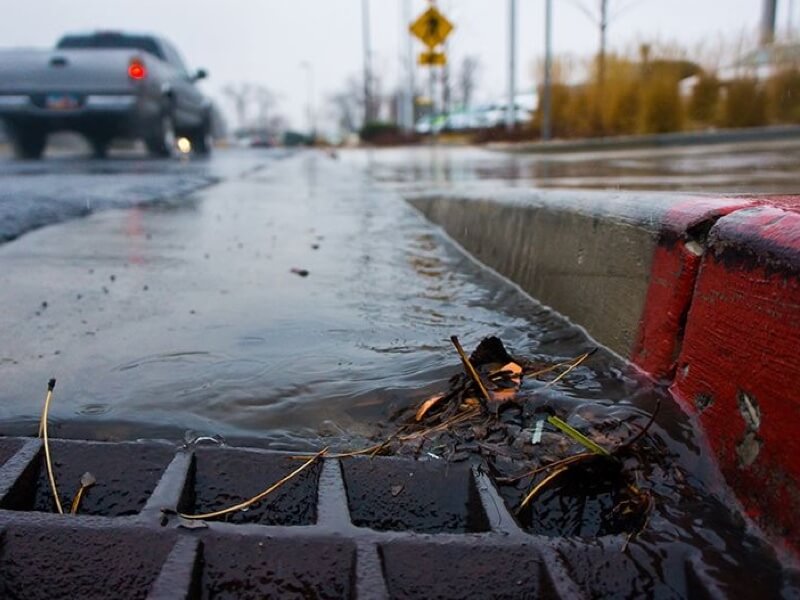
NPDES Stormwater Management Program Plan
The Pierce County Stormwater Management Program Plan describes efforts to protect water quality and satisfy the requirements of the Municipal Stormwater NPDES permit. Ten cities and the Port of Tacoma also have Stormwater Management Program Plans.
Hylebos Watershed Plan
The Hylebos Watershed Plan, prepared in 2016, adopts a holistic management approach to identify, prioritize, and act on behalf of ecological and human health in the Hylebos Watershed. The plan identifies priority water quality actions, including implementing Green Stormwater Infrastructure and restoring vegetative riparian buffers.
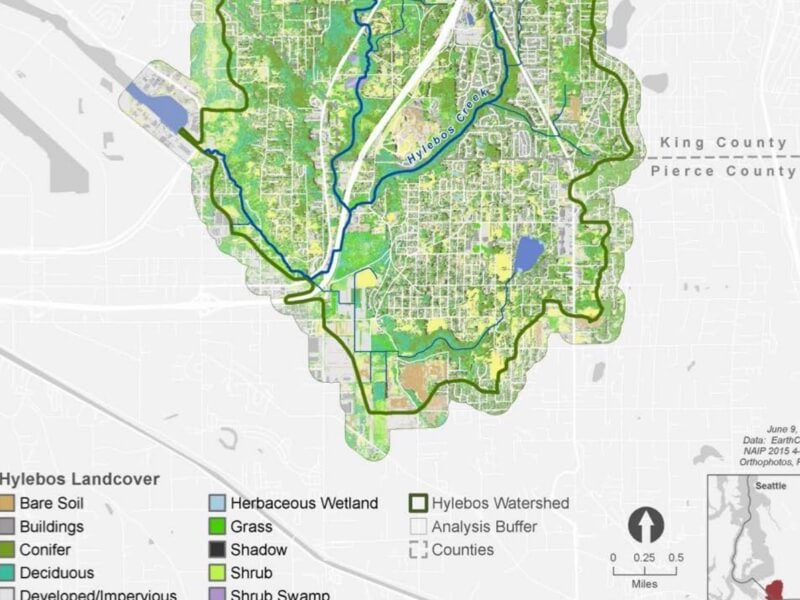

TMDL Watershed Restoration Plans
A Total Maximum Daily Load (TMDL) is the calculation of the maximum amount of a pollutant allowed to enter a waterbody. TMDL plans identify the sources of pollutants and actions to decrease them. There are currently TMDLs for the Puyallup River, South Prairie Creek, and Clarks Creek.
Equity
The Puget Sound region has been experiencing a homelessness crisis during the last few years. Tacoma is no exception to this trend. Homeless encampments can have a detrimental environmental impact. The City of Tacoma Environmental Services Department launched a pilot project called Purple Bags to assist with not only the environmental impacts but to help the people living in these spaces. This pilot project ran for 16 weeks and focused on one encampment in East Tacoma.
The 16-week trial period from December 2020 to March 2021 resulted in the removal of 21,520 pounds of trash from the site. Several individuals from the site were connected to staff at Neighborhood Community Services. Providing trash bags and free trash pickup helped to keep the site cleaner, safer, and healthier for those living there, and was $4,000 cheaper than a previous clean up at that site that was done after people had vacated the site and left trash behind.
Stormwater and Water Quality Successes in the Watershed
Meeker Creek Stream Restoration
In 2015, Meeker Creek was transformed from a degraded, highly altered state to natural meander channels with restored floodplain. The restored stream has demonstrated better water quality, supports wildlife, and supports implementation of TMDL plans.
Orcas Love Raingardens
Orcas Love Raingardens is a program that educates Tacoma Public Schools students on the value of raingardens in improving water quality.
Thea Foss Waterway Cleanup
In 2006, the City of Tacoma cleaned up the Thea Foss Waterway by removing or capping contaminated sediments.
Priority Actions for Stormwater and Water Quality
The PWR LIO supports water quality projects identified by Pierce County, cities in the watershed, and local experts on stormwater and water quality management. Some projects of special interest are listed below.
Green Stormwater Infrastructure
Continued expansion of existing green stormwater infrastructure programs
Plan Implementation
Continued work to implement projects described in TMDL water cleanup plans and Stormwater Management Program Plans
Maps and Models
Development of GIS-based mapping and analysis models to better prioritize water quality efforts